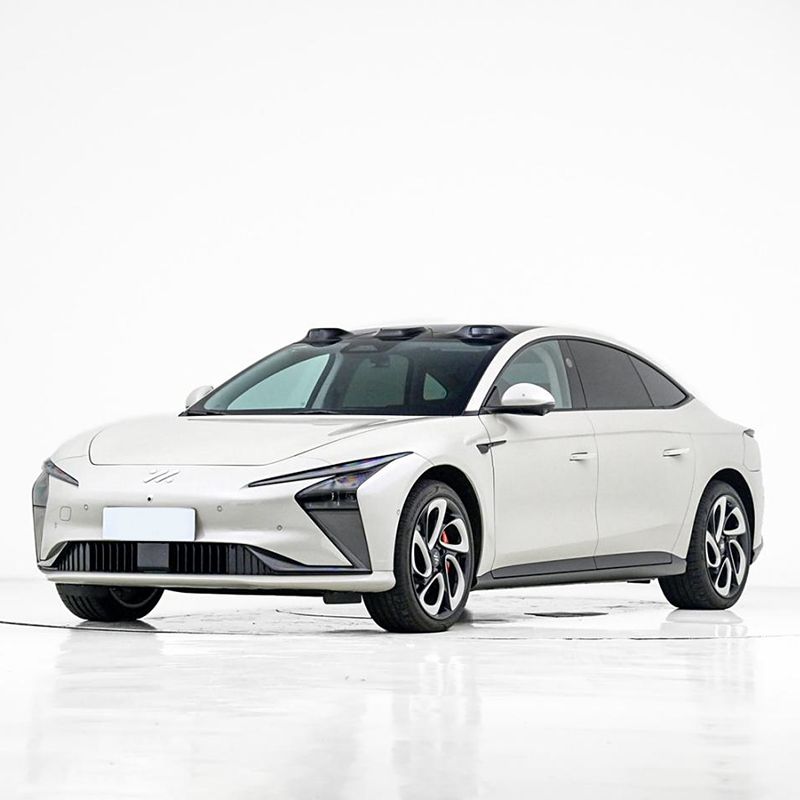What is a Sedan, and How is it Defined?
2025-01-14
When shopping for a car or discussing vehicle types, the term sedan often comes up. But what exactly is a sedan, and how is it defined? While the word "sedan" may evoke images of a classic family car, its meaning has evolved over time, blending traditional characteristics with modern innovations. In this blog, we’ll explore what defines a sedan, its origins, and why it remains a popular choice in the automotive world.
Defining a Sedan
A sedan is a type of passenger car characterized by a three-box configuration:
1. Engine Compartment: The front section houses the engine.
2. Passenger Cabin: The middle section provides seating for passengers, usually accommodating four to five people.
3. Cargo Area: The rear section features a separate, enclosed trunk for storage.
This configuration ensures a clear separation between the car’s functional areas, offering a balance of comfort, practicality, and style. Sedans are typically four-door vehicles, although some variations include two-door models referred to as “coupe-like sedans.”
Origins of the Sedan
The term "sedan" originated from the sedan chair, a covered mode of transport carried by porters, dating back to the 17th century. The word was later adopted by the automotive industry to describe a car with an enclosed passenger compartment.
In the early 20th century, sedans gained popularity as automakers like Ford and General Motors began mass-producing affordable, practical cars for everyday use. Over the decades, the sedan became a symbol of family transportation, prized for its versatility and comfort.
Types of Sedans
1. Compact Sedans: Smaller in size, these are ideal for urban driving and fuel efficiency (e.g., Honda Civic, Toyota Corolla).
2. Mid-Size Sedans: Offering more space and features, these strike a balance between affordability and luxury (e.g., Toyota Camry, Hyundai Sonata).
3. Full-Size Sedans: Known for their spacious interiors and comfort, these are often chosen for long-distance travel (e.g., Chevrolet Impala, Chrysler 300).
4. Luxury Sedans: Equipped with premium features, cutting-edge technology, and refined design (e.g., BMW 5 Series, Mercedes-Benz E-Class).
5. Sports Sedans: Combining performance and practicality, these vehicles offer thrilling driving dynamics (e.g., Audi S4, Alfa Romeo Giulia).
Why Are Sedans Popular?
Sedans have stood the test of time for several reasons:
1. Comfort and Space: The three-box design ensures a comfortable and spacious cabin, suitable for daily commutes and family trips.
2. Fuel Efficiency: Sedans typically weigh less and have better aerodynamics than SUVs, resulting in improved fuel economy.
3. Affordability: Sedans are often more budget-friendly than larger vehicles, both in terms of purchase price and maintenance.
4. Versatility: From compact city cars to luxurious executive sedans, there’s a sedan to suit every need and preference.
5. Safety: Sedans frequently rank high in safety tests, offering advanced safety features and robust designs.
A sedan is more than just a car—it’s a versatile, reliable, and timeless choice that continues to evolve with the needs of drivers. Defined by its three-box design, comfort, and practicality, the sedan has cemented its place as a cornerstone of the automotive industry.



